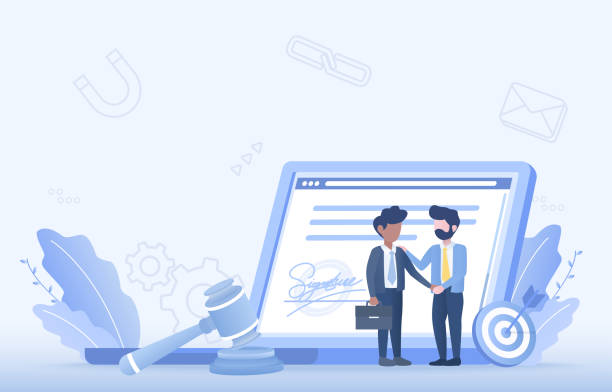Why is Custom Website Design Important? Understanding the Concept and Benefits
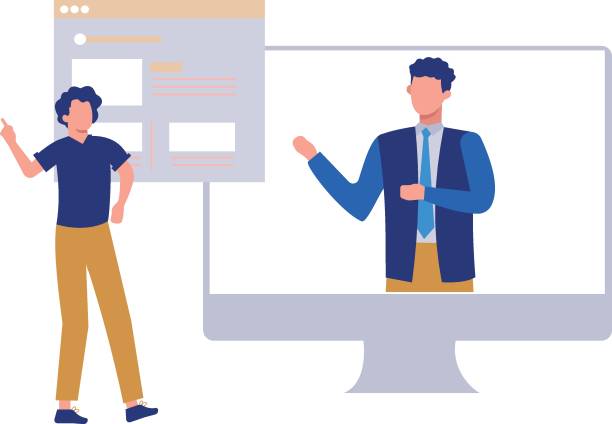
In today’s digital world, having a powerful online presence is crucial for every business.
But when it comes to building a website, there are different options, from ready-made templates to custom web design.
The concept of #custom_website_design goes beyond a predefined template; it means building a digital platform from scratch that is precisely designed and developed according to your unique needs, goals, and brand.
This approach allows you to completely customize every aspect of the website, from the visual appearance to the complex back-end functionality.
Unlike general Content Management Systems (CMS) like WordPress with ready-made templates, a custom website gives you infinite control over scalability, security, and user experience.
This type of design empowers businesses to stand out from competitors, offer unique functionalities not available on general platforms, and perform better for Search Engine Optimization (SEO) because its coding is cleaner and lighter.
Ultimately, custom website design is a strategic investment for the future of your business that can yield significant return on investment and help you thrive in today’s competitive market.
This is a #specialized decision for ambitious #online_businesses looking for #advanced_SEO in the online space.
Tired of your company’s website not getting the visibility it deserves and losing potential customers? Solve this problem forever with professional and effective website design by Rasavveb!
✅ Increase brand credibility and build customer trust
✅ Attract targeted sales leads
⚡ Contact us now for a free consultation!
Advantages and Challenges of Custom Website Design
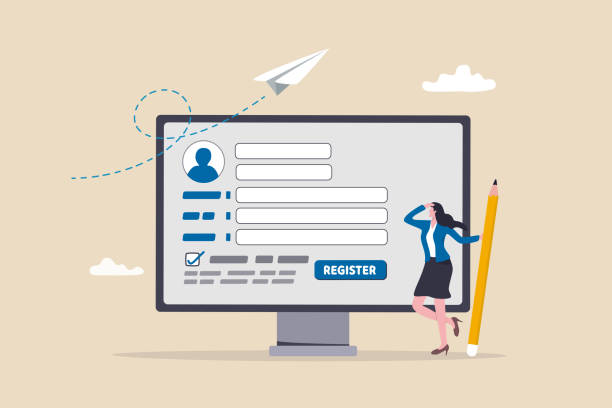
As we understood, custom website design brings countless advantages that can distinguish your business from competitors.
Among the most important advantages is unlimited flexibility; you will be able to implement any feature or functionality necessary to meet your specific business needs, which is often impossible with ready-made templates.
This flexibility also includes scalability capabilities, meaning your website can grow with your business without needing a complete rebuild.
Also, custom websites are generally more secure, as their code is written from scratch with security standards in mind and are less targeted by general attacks.
Optimized performance and loading speed is another key advantage that leads to a better user experience and higher rankings in search engines.
However, this approach also has its challenges.
Higher initial cost is one of the most significant obstacles, as it requires more investment in the early stages.
Development time is also usually longer and requires continuous communication with the development team.
Additionally, finding the right development team with the necessary skills to build a custom platform can be a challenge in itself.
But with careful planning and choosing the right partner, these challenges are manageable, and the long-term benefits of a custom website will far outweigh its initial costs.
This section presents thought-provoking content with an analytical look at both sides of the coin.
Step-by-Step Process of Custom Website Design
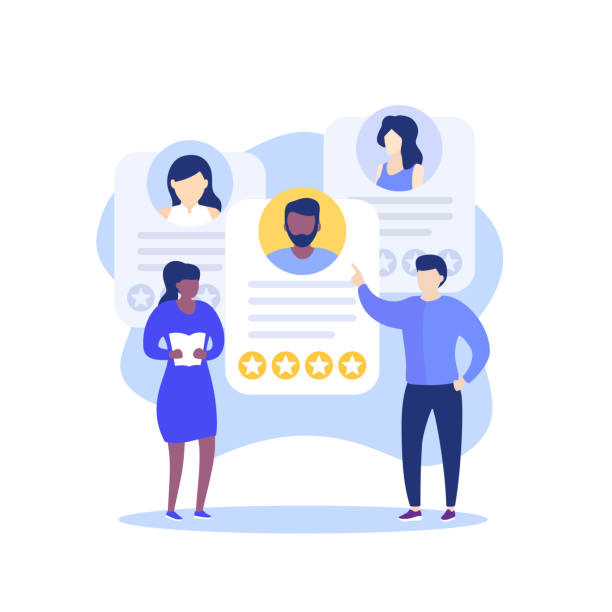
The process of custom website design involves several key stages, each playing a vital role in the project’s ultimate success.
Understanding these stages is essential for any business looking to build a unique website.
The first step is analysis and planning.
In this stage, business needs, goals, target audience, and competitors are carefully examined.
This involves brainstorming sessions, defining required features and functionalities, and creating a project roadmap.
The result of this stage is a comprehensive document that outlines the overall project vision.
The second stage is User Experience (UX) and User Interface (UI) design.
In this section, wireframes, mockups, and prototypes are created to illustrate the site’s structure, flow, and visual appearance.
The goal is to ensure a flawless user experience and an attractive user interface.
After design approval, we move into the Development stage.
This involves coding the front-end (what the user sees) and the back-end (the logic and database behind the scenes).
The development team uses various programming languages and frameworks to implement all features and functionalities.
After development, it’s time for testing and Quality Assurance (QA).
In this stage, the site is thoroughly tested for functionality, security, compatibility with different browsers and devices, and user experience to identify and resolve any potential bugs or issues.
Finally, the Deployment and Launch stage arrives, during which the site is uploaded to the server and made publicly accessible.
This is a comprehensive educational and guidance process for anyone looking for custom website design.
| Stage | Key Description | Goal |
|---|---|---|
| Analysis and Planning | Identifying needs, audience, competitors, and project goals. | Defining precise project scope and strategy. |
| User Experience (UX) and User Interface (UI) Design | Creating wireframes, mockups, and prototypes for the user path. | Ensuring user-friendliness and visual appeal. |
| Front-end and Back-end Development | Programming user-visible sections and behind-the-scenes sections. | Implementing site functionalities and appearance. |
| Testing and Quality Assurance | Checking performance, security, compatibility, and fixing bugs. | Ensuring correct and problem-free operation. |
| Deployment and Launch | Uploading the site to the server and public launch. | Making the site accessible to users. |
Key Technologies in Custom Website Design
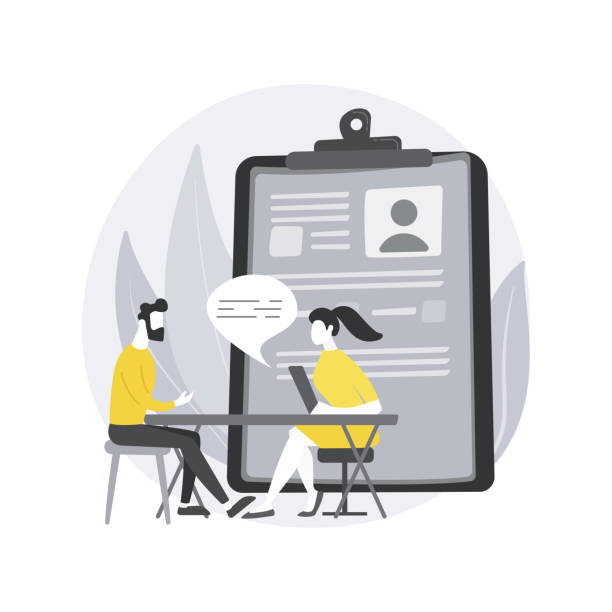
At the heart of every custom website design lies a set of advanced technologies that enable the implementation of complex features and functionalities.
Understanding these technologies is essential for any business planning to invest in a customized website.
The front-end, which is the user-visible part, is typically built using HTML for structure, CSS for styling, and JavaScript for interactivity.
JavaScript frameworks like React, Angular, and Vue.js are also powerful tools for developing complex and responsive user interfaces.
These frameworks allow the creation of Single Page Applications (SPAs) that offer a fast and fluid user experience.
In contrast, the back-end is the website’s brain, responsible for data processing, database management, and server interaction.
Popular programming languages such as Python (with frameworks like Django and Flask), PHP (with Laravel and Symfony), Node.js (with Express.js), and Ruby (with Ruby on Rails) are used in back-end development.
The choice of the right language and framework depends on the project’s complexity, scalability requirements, and the development team’s expertise.
Also, databases like MySQL, PostgreSQL, MongoDB, and Redis are essential for storing and managing information.
Integration with various APIs is also crucial for adding functionalities such as online payments, maps, and third-party services.
These specialized choices in technologies enable the team to design and implement a custom platform with high performance and security.
Is your current e-commerce website design causing you to lose customers and sales?
Rasavveb is your solution with modern and user-friendly e-commerce website designs!
✅ Significant increase in conversion rates and sales
✅ Building strong branding and gaining customer trust
⚡ Get a free e-commerce website design consultation from Rasavveb!
Calculating Cost and Return on Investment in Custom Website Design
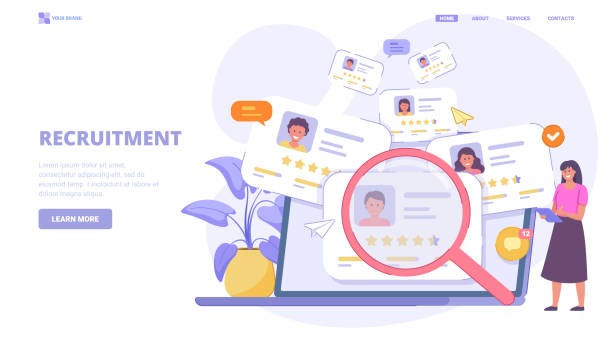
One of the most significant concerns for businesses when considering custom website design is its cost.
Contrary to popular belief, the cost of building a custom website is not a fixed figure and is influenced by numerous factors.
Factors such as the complexity of features and functionalities, the extent and depth of UI/UX design, the need for integration with third-party systems, and the required security level all impact the final cost.
For example, an e-commerce website with thousands of products and a complex payment system will be significantly more expensive than a simple corporate website.
Also, the choice between a large web development agency and a freelancer can create a significant difference in cost.
But more important than cost is viewing custom website design as a long-term investment.
Return on Investment (ROI) in a custom website can be realized through increased sales, improved operational efficiency, reduced marketing costs due to better SEO, and the creation of a strong and distinctive brand.
To calculate ROI, initial development costs, along with maintenance and marketing costs, should be considered and compared with the financial and non-financial benefits derived from the website.
A well-executed custom website design can, over time, not only offset initial costs but also bring significant profitability.
This section provides an analytical and explanatory overview of the project’s financial aspect.
The Importance of User Experience and User Interface in Customized Websites
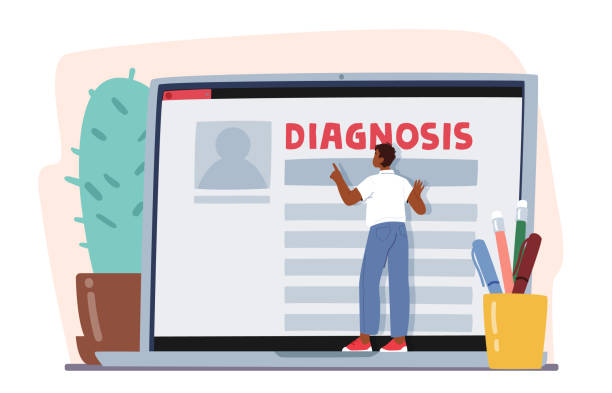
In today’s highly competitive world, merely having a custom website design is not enough; the website must offer an exceptional User Experience (UX) and possess an attractive and intuitive User Interface (UI).
UX refers to the overall feeling and experience of the user when interacting with the website, while UI pertains to the visual appearance and how visual elements (such as buttons, images, and text) are presented.
In a customized website, designers can meticulously shape every aspect of both based on the specific needs of the target audience.
User Journey Mapping, user research, and usability tests are key tools that help designers identify user pain points and provide solutions for improving the experience.
A strong UX ensures users can easily find what they are looking for, enjoy the site, and have a greater inclination to return and perform desired actions.
A beautiful and brand-consistent UI not only makes the site look professional but also increases user trust and loyalty.
Furthermore, with the increasing use of mobile devices, Mobile-First Design has gained increasing importance in custom website design.
This approach ensures that your site is optimized and usable across all devices, from smartphones to desktops.
Neglecting UX and UI can lead to loss of traffic, reduced conversion rates, and ultimately, wasted investment in custom platform design.
This specialized guidance section addresses the importance of these two vital concepts.
Security and Maintenance of Custom Websites
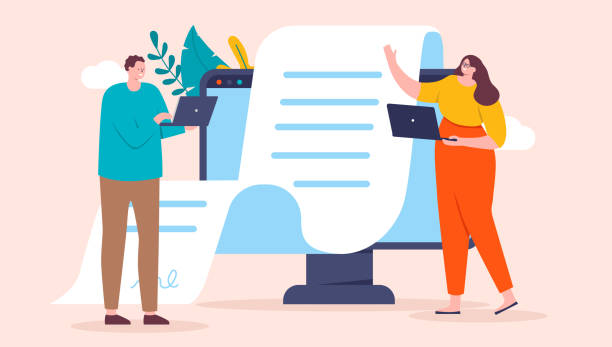
After launching a custom website design, the work doesn’t end; in fact, it’s just the beginning.
Ongoing security and maintenance are two crucial factors for ensuring the longevity, performance, and long-term success of your custom website.
In today’s threat-filled cyber world, protecting user data and business information from malicious attacks is of paramount importance.
Security measures include using SSL certificates for encrypting communications, implementing powerful firewalls, conducting regular penetration tests, and educating the team on cybersecurity best practices.
A custom website design is built with secure code from the outset, but new threats are constantly emerging, so regular security updates and continuous monitoring are essential.
In addition to security, website maintenance also involves tasks such as updating software and frameworks, regular backups of the database and files, monitoring server performance, and optimizing site speed.
These measures not only help maintain the site’s stability and efficiency but also prevent sudden problems and costly breakdowns.
Neglecting maintenance can lead to security vulnerabilities, reduced site speed, poor user experience, and ultimately, loss of customers.
Therefore, allocating sufficient budget and time for specialized maintenance and support services is an essential investment for any business seeking to preserve the value and performance of its custom platform.
This is a specialized guide to protecting your investment.
| Aspect | Key Actions | Why is it important? |
|---|---|---|
| Updates | Regularly installing security patches and updating frameworks and libraries. | Preventing vulnerabilities and security exploits. |
| Backup | Regular and automated backups of database and site files. | Data recovery in case of problems or attacks. |
| SSL Certificate | Using HTTPS for encrypting communications. | Increasing user trust and improving SEO. |
| Monitoring and Surveillance | Continuous monitoring of performance, traffic, and intrusion attempts. | Rapid identification of problems and threats. |
| Code Security | Writing clean and secure code, preventing SQL injection and XSS. | Protecting data and preventing unauthorized access. |
Future Trends in Custom Website Design

The world of custom website design is constantly evolving, with new technologies continuously emerging that can shape the future of the web.
Awareness of these trends is crucial for any business looking to invest in a custom platform.
One of the most significant current trends is the integration of Artificial Intelligence (AI) and Machine Learning (ML).
AI can play a role in personalizing user experience, content optimization, chatbots, and big data analysis.
Optimization for voice search, with the proliferation of voice assistants, has gained increasing importance, and websites must be prepared to respond to these types of searches.
Progressive Web Apps (PWAs), which combine the best features of websites and mobile applications, are also gaining popularity.
They offer a fast, offline user experience and the ability to be installed on the home screen.
Also, Headless CMS and Serverless Architecture provide developers with greater flexibility in content management and infrastructure scalability.
These trends indicate that custom website design is moving towards becoming more specialized and smarter, enabling businesses to create highly customized and forward-looking solutions.
In this news and thought-provoking content section, we look at the bright future of custom website design and emphasize the importance of adapting to these developments.
Are you losing business opportunities due to an outdated website? With Rasavveb, solve the problem of not attracting potential customers through your website forever!
✅ Attract more high-quality leads
✅ Increase brand credibility in the eyes of customers
⚡ Get a free corporate website design consultation
Choosing the Right Team for Your Custom Website Design
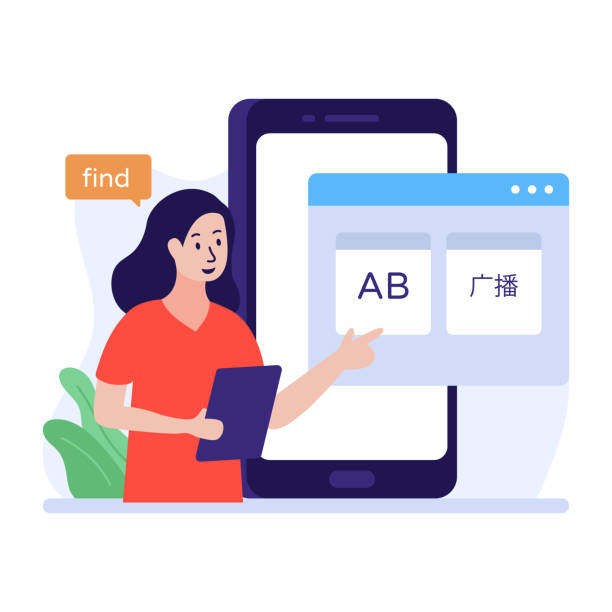
The success of a custom website design project largely depends on choosing the right development team.
This is a critical decision that should not be taken lightly.
When selecting an agency or freelance team to build your custom website, several key factors should be considered.
First, review their portfolio and experience in similar projects.
Do they have experience in custom website design for industries similar to yours? Do their past projects meet your quality and performance standards? Second, pay attention to their communication and project management approach.
A good team should be transparent, responsive, and able to provide regular updates.
The use of project management tools and agile methodologies can be a sign of professionalism.
Third, evaluate the team’s technical expertise.
Are they fully familiar with the programming languages and frameworks suitable for your project? Are they aware of the principles of cybersecurity and performance optimization? Fourth, inquire about post-launch support services.
A custom platform requires continuous maintenance, so ensure that your chosen team can provide technical support, updates, and troubleshoot potential issues in the future.
And finally, pay attention to their past client feedback and testimonials.
Choosing the right partner is an investment in your business’s future that can guarantee the success of your custom website design.
This section provides comprehensive guidance for a smart choice.
Great Successes with Custom Website Designs and Conclusion

Throughout this article, we comprehensively examined custom website design, its benefits, challenges, process, technologies, financial, and security considerations.
Now it’s time to conclude by looking at the successes achieved through custom websites.
Many leading companies worldwide, from innovative startups to large organizations, have recognized the power of custom website design and leveraged it to achieve their unique goals.
For example, companies that require highly customized Customer Relationship Management (CRM) systems, complex partner portals, or interactive platforms with specific features cannot rely solely on ready-made templates.
By investing in a custom platform, they have been able to optimize their internal processes, provide an exceptional user experience, and ultimately increase their growth and profitability.
Custom website design not only allows you to meet your current business needs but also provides a strong foundation for future growth and innovation.
This means the flexibility to add new features, integrate with emerging technologies, and adapt to market changes without needing a complete rebuild.
In conclusion, it can be said that custom website design is a strategic investment that proves its worth in the long run.
This approach helps you create a distinctive and effective online presence that not only attracts visitors but also converts them into loyal customers and prepares your business for success in the digital age.
This entertaining section concludes with successful examples and an explanation of the long-term importance of this approach.
Frequently Asked Questions
| Question | Answer |
|---|---|
| What is custom website design? | Website design that is built entirely according to your business’s specific needs, brand, and goals, without using ready-made templates. |
| What are the advantages of custom website design? | High flexibility, ability to implement any desired feature, better search engine optimization (SEO), higher security, and full alignment with brand visual identity. |
| When should one opt for custom website design? | When you have complex and unique needs, are looking for competitive differentiation, or want complete control over all aspects of your site. |
| Is custom website design more expensive than ready-made templates? | Usually, yes, due to the more time and expertise required for custom design and development. But its long-term value can be greater. |
| What stages does the custom website design process include? | Needs analysis, planning and wireframing, User Interface (UI) and User Experience (UX) design, front-end and back-end development, testing and launch, and support. |
And other advertising agency services by Rasavveb in the field of advertising
- Smart Advertising Campaign: A combination of creativity and technology for campaign management through key page optimization.
- Smart Custom Software: A fast and efficient solution for customer acquisition, focusing on marketing automation.
- Smart Advertorial: A professional solution for user interaction, focusing on attractive UI design.
- Smart Website Development: A professional solution for improving SEO ranking, focusing on custom programming.
- Smart Advertising Campaign: Designed for businesses looking to attract customers through intelligent data analysis.
And over hundreds of other services in internet advertising, advertising consultation, and organizational solutions
Internet Advertising | Advertising Strategy | Advertorial
Sources
Comprehensive Guide to Custom Website Design
Website Design Stages from Idea to Implementation
Choosing the Best Website Design Company
What is Custom Web Development?
? To shine in the digital world and achieve peak success, Rasavveb Afarin Digital Marketing Agency is with you with its comprehensive services, including responsive website design.
📍 Tehran, Mirdamad Street, next to Bank Markazi, Southern Kazeroon Alley, Ramin Alley, No. 6

